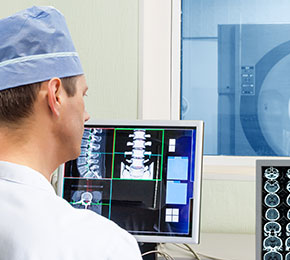Disruption in healthcare is a term used often but not necessarily in the right context. There are several reasons why the word does not apply and they were mapped out quite nicely in a recent article in Forbes magazine by Dan Munro.
The services provided in the healthcare system make it one of the most expensive industries created. As Munro points out, greed is often the motivation that fuels healthcare. But if the free market equation remains firm demand for medical care by patients will always be more than doctor supply.
With the average medical student debt of $160,000 there needs to be incentive for people to go into the healthcare business. That’s why physician salaries tend to be high. So, Munro points out that trying to lower medical industry salaries may not be the best
way to reduce healthcare costs.
Most of the attention around disrupting healthcare is focused on low-acuity, primary and preventative sides of the system. If you can’t change the supply chain the idea is maybe you can change the impact on demand.
The problem here is often times insurance companies are blamed for big healthcare expenses but the net cost of health insurance is 6%. So for a $3.5 Trillion a year industry, instead of changing health insurance maybe we should be focusing on a different portion
of healthcare costs.
And then there are the statrups – the businesses that claim they will change the world with their medical service, technology or procedure. But startups rarely change the world let
alone have the power to disrupt an entire industry. That’s because to change
the world requires massive amounts of money, groundbreaking technology and a
lot of time – something most startups don’t have.
So this idea of disruption in healthcare may just be a myth. And while many may feel the system is broken – it’s performing as it was designed. It’s a business after all and
while it’s important to provide an effective service – in this case saving
lives – and most businesses require good customer service to thrive –
businesses succeed when they make money. That’s certainly what our healthcare
system has been doing.
At USARAD.com, we believe we can lower healthcare costs in a very effective and real way. Patients simply upload MRI, CT, X-Ray, Mammogram, Ultrasound or
Nuclear Medicine scans and our expert specialists and subspecialists study your
images and provide you with their advanced second opinion.
There are no appointments necessary. No spending hours waiting in a doctor’s office. Our U.S. trained, board certified physicians are available 24/7/365 to anyone across the globe.
Try USARAD.com today and see how we can save you money on health care.















